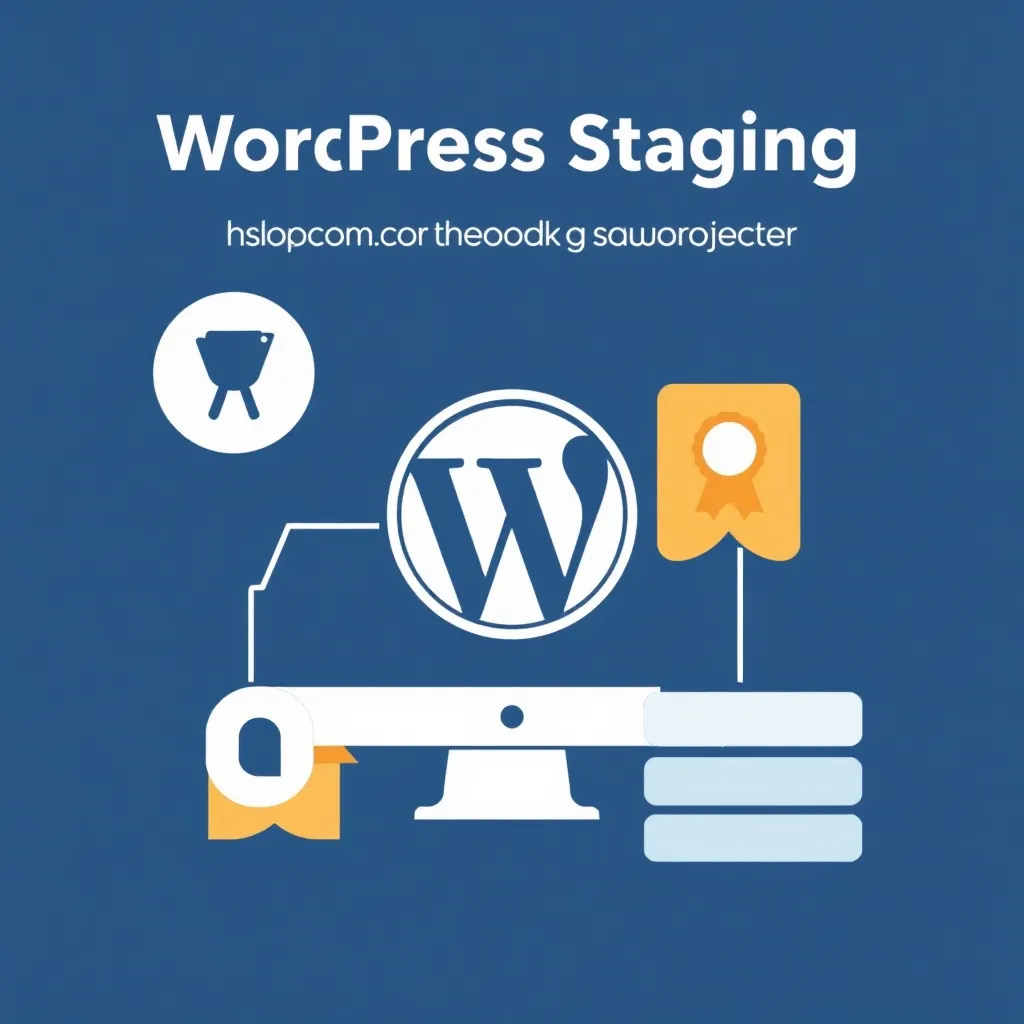The future of web hosting: How edge computing is revolutionizing the digital landscape
The digital landscape is evolving rapidly, and with it the requirements for web hosting services. One technology that is increasingly coming into focus is edge computing. This innovative method of data processing promises to fundamentally change the way we deliver and use websites and online services. But what exactly is edge computing, and how will it affect the future of web hosting?
What is edge computing?
Edge computing refers to a method of data processing in which the computing power is moved closer to the location where the data is generated. In contrast to traditional cloud computing, where data is processed in central data centers, edge computing takes place at the "edge" of the network - i.e. closer to the end user. This is achieved through the use of distributed computing resources such as edge servers and micro data centers that are geographically closer to the users.
This decentralization of data processing has several advantages:
1. reduced latency: Delays are minimized by processing the data close to the user. This is particularly important for applications that require real-time processing.
2. improved performance: websites and applications respond faster and more fluidly, which increases user satisfaction and reduces the bounce rate.
3. increased security: sensitive data does not have to be transmitted over long distances, which reduces the risk of data leaks and security breaches.
4. optimized bandwidth usage: less data needs to be transported over the network, which improves the efficiency of bandwidth usage and can reduce costs.
In addition, edge computing enables the processing of large amounts of data in real time, which is crucial for applications such as video streaming, autonomous vehicles and the Internet of Things (IoT).
How is edge computing changing web hosting?
The integration of edge computing into web hosting solutions leads to a number of improvements that are beneficial for both website operators and end users:
Faster loading times
One of the most obvious advantages of edge computing in the web hosting context is the significantly reduced loading times. By caching and processing content closer to the user, websites can load at lightning speed. This is particularly important at a time when the loading speed of a website not only influences the user experience, but is also an important factor for search engine rankings. Search engines such as Google take the loading times of websites into account when evaluating their relevance, so optimization in this area can lead directly to better visibility in search results.
Improved user experience
The lower latency and faster data processing lead to an overall smoother and more responsive user experience. This is especially important for interactive websites, e-commerce platforms and applications that need to work in real time. An improved user experience can increase conversion rates, strengthen customer loyalty and increase overall visitor satisfaction.
Increased reliability
Edge computing can improve the reliability of web hosting services by taking some of the load off central servers and distributing it across multiple edge nodes. This reduces the likelihood of outages and enables better scalability with high data volumes. Even if individual nodes fail, the overall performance of the network remains stable, resulting in greater resilience.
Optimized use of resources
By distributing computing power across edge nodes, resources can be used more efficiently. This can lead to cost savings for hosting providers, which can potentially be passed on to customers. Optimized resource utilization also means better use of existing infrastructure, which can lower operating costs and reduce environmental impact.
Improved security and data protection
Edge computing can help to improve security by processing sensitive data locally without having to transmit it over long distances. This reduces the attack surface for potential security threats. In addition, local data processing enables better control over data protection, as data is more often kept within a limited geographical area.
Challenges and solutions
Despite the many advantages, the integration of edge computing in web hosting solutions also brings with it some challenges:
Complexity of the infrastructure
Managing a decentralized edge computing infrastructure can be more complex than a traditional, centralized hosting model. Hosting providers need to invest in developing robust management tools and processes to handle this complexity. This includes automating provisioning processes, monitoring network security and ensuring consistency of data processing across different nodes.
Standardization
As edge computing is still a relatively new technology, there is a lack of uniform standards in some areas. However, the industry is actively working to develop standards that enable seamless integration and interoperability. The development of and adherence to industry standards are critical to the widespread adoption and successful deployment of edge computing solutions in web hosting.
Costs
Implementing an edge computing infrastructure may initially involve higher costs. However, in the long term, these investments can be offset by improved efficiency and performance. Hosting providers need to plan carefully and perform the cost-benefit analysis to ensure that the investment in edge computing is sustainable and profitable.
The future of web hosting with edge computing
Edge computing has the potential to fundamentally change the future of web hosting. Here are some trends and developments we can expect to see in the coming years:
Integration with 5G networks
The introduction of 5G networks will further expand the possibilities of edge computing in the web hosting sector. The combination of extremely low latency and high bandwidths will enable new types of web applications that work in real time and can process large amounts of data. Applications such as augmented reality (AR), virtual reality (VR) and the Internet of Things (IoT) will particularly benefit from this integration.
AI and machine learning at the edge
Edge computing will make it possible to run AI and machine learning models directly at the edge of the network. This could lead to highly personalized and contextual web experiences that respond to users' needs and behaviour in real time. For example, recommendation algorithms for e-commerce platforms or personalized content for media sites can be processed directly at the edge to enable immediate responses.
Augmented and virtual reality
With the increasing adoption of AR and VR applications, edge computing will play a critical role in providing the required computing power and low latency. Web hosting providers that offer edge computing solutions will be better positioned to support these emerging technologies. This will enable immersive experiences that can be customized and optimized in real time.
IoT and edge computing
The Internet of Things (IoT) will benefit from integration with edge computing technologies. Web hosting providers could offer specialized solutions for managing and processing IoT data at the edge, leading to more efficient and secure IoT deployments. This includes the management of millions of connected devices and the processing of large data streams generated by these devices.
Green hosting
Edge computing can also contribute to sustainability by improving energy efficiency. By processing data closer to where it is generated, energy consumption for data transmission can be reduced. This leads to a lower environmental impact and supports the industry's efforts to offer more environmentally friendly hosting solutions. Sustainability is becoming an increasingly important factor for businesses and consumers, and edge computing can make a significant contribution to this.
Additional advantages of edge computing in web hosting
In addition to the advantages already mentioned, edge computing offers further positive effects on web hosting:
Scalability
Edge computing enables a more flexible and scalable infrastructure. Hosting providers can easily add additional edge nodes to cope with increasing demands without overloading the entire central infrastructure. This makes it easier to respond to seasonal peaks or sudden increases in traffic.
Localization of content
The ability to store and process content locally enables better adaptation to the specific needs and preferences of users in different geographical regions. This can increase the relevance and attractiveness of the content provided and lead to greater user loyalty.
Redundancy and reliability
Redundancy is increased by distributing data processing across several edge nodes. Even if one node fails, other nodes can take over the load, which increases the overall reliability of the web hosting. This increased reliability is particularly important for business-critical applications and services that require constant availability.
Conclusion: Edge computing as a catalyst for innovation in web hosting
Edge computing is undoubtedly on the cusp of revolutionizing the web hosting industry. The benefits in terms of speed, reliability and security make it an attractive option for hosting providers and website owners alike. As the technology matures and standards are developed, we are likely to see increasing adoption of edge computing solutions in the web hosting space. Companies that invest early in this technology could gain a significant competitive advantage.
For website operators and developers, this means that they should familiarize themselves with the possibilities and challenges of edge computing. The ability to effectively utilize edge computing technologies could be a critical factor in the success of online presences in the future. Ultimately, edge computing promises to propel web hosting into a new era of performance, efficiency and innovation. It is up to the industry to seize this opportunity and actively shape the future of the internet.



